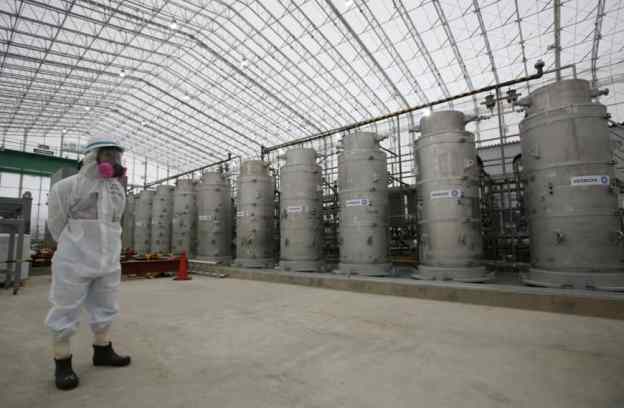A Greenpeace report details how plans to discharge over 1 million tonnes of highly contaminated water into the Pacific Ocean was proposed by a Japanese government task force. According to Greenpeace.
“The decision not to develop water processing technology that could remove radioactive tritium was motivated by short term cost cutting not protection of the Pacific ocean environment or the health and livelihoods of communities along the Fukushima coast,” said Kazue Suzuki, Energy Campaigner at Greenpeace Japan. “ The report concludes that the water crisis remains unresolved, and will be for the foreseeable future. The only viable option to protect the environment and the communities along the Fukushima coast being long term storage for the contaminated water.
The discharge option for water containing high levels of radioactive tritium was recommended as least cost by the Government’s Tritiated Water Task Force and promoted by Japan’s Nuclear Regulation Authority (NRA). The Task Force concluded in 2016 that “sea discharge would cost 3.4 billion yen (US$30 million) and take seven years and four months to complete. It concluded that this was cheapest and quickest of the five methods.” However, technical proposals for removing tritium were submitted to the same Government Task Force by multiple nuclear companies with estimated costs ranging from US$2-US$20 billion to US$50-US$180 billion depending on the technology used. These were dismissed as not viable but without detailed technical consideration.
TEPCO has claimed since 2013 that its ALPS technology would reduce radioactivity levels “to lower than the permissible level for discharge.” However, in September 2018 TEPCO admitted that the processing of over 800,000 tons of contaminated water in 1000 storage tanks, including strontium, had failed to remove radioactivity to below regulatory limits, including for strontium-90, a bone seeking radionuclide that causes cancer. TEPCO knew of the failure of the technology from 2013. The Greenpeace report details technical problems with the ALPS system.
The Fukushima Daiichi site, due its location, is subject to massive groundwater contamination which TEPCO has also failed to stop. Each week an additional 2-4000 tonnes of contaminated water is added to the storage tanks.
Excerpts from Technical failures increase risk of contaminated Fukushima water discharge into Pacific, Greenpeace Press Release, Jan. 22, 2019
